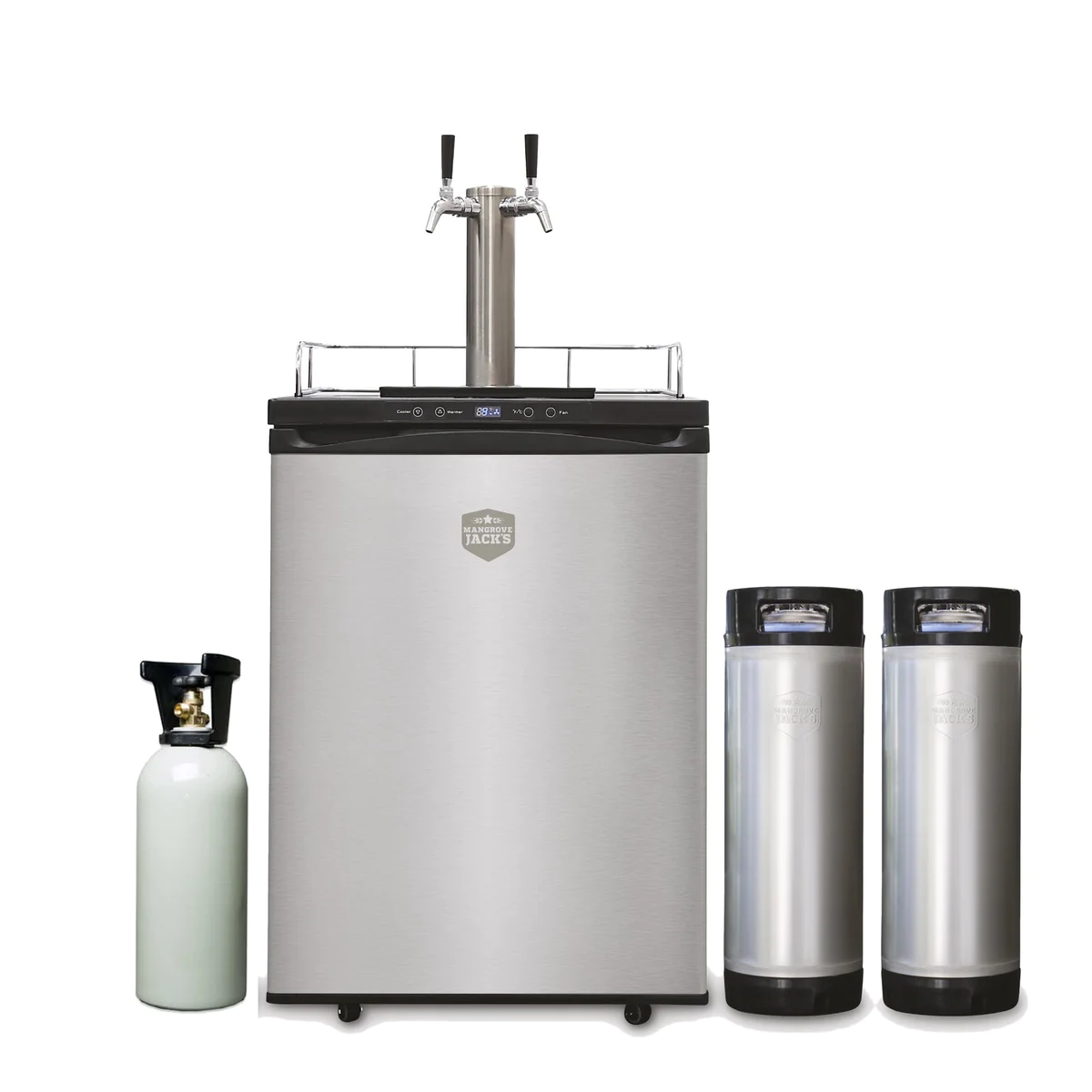

Articles
How Many Watts Does A Kegerator Use?
Modified: February 27, 2024
Learn about the wattage consumption of kegerators in our informative articles. Discover how many watts a kegerator typically uses and make an informed decision for your home or business.
(Many of the links in this article redirect to a specific reviewed product. Your purchase of these products through affiliate links helps to generate commission for Storables.com, at no extra cost. Learn more)
Introduction
Welcome to our guide on kegerators and their power consumption! If you’re a beer enthusiast and enjoy having draught beer at home, then you’ve probably considered investing in a kegerator. These handy appliances allow you to store and dispense kegs of beer, providing a convenient and cost-effective solution for enjoying your favorite brews.
One question that often comes up when considering a kegerator is how many watts they use. Understanding the power consumption of a kegerator is crucial for managing energy costs and ensuring that you have the appropriate electrical setup in your home. In this article, we will delve into the world of kegerators, explore how they work, and highlight the factors that affect their power consumption.
We’ll also provide you with some tips on determining the power consumption of a kegerator and discuss the average wattage of different kegerator models. Additionally, we’ll explore energy-efficient options and offer suggestions for reducing power consumption. So, let’s dive in and discover the fascinating world of kegerators and their energy usage!
Key Takeaways:
- Kegerators vary in power consumption based on factors like size, insulation, and temperature settings. Understanding these factors helps estimate energy usage and manage electricity costs effectively.
- Energy-efficient kegerators with advanced features like improved insulation and energy-saving compressors offer sustainable options for beer enthusiasts. Implementing energy-saving tips can further reduce power consumption and environmental impact.
Read more: How Many Watts Does A Projector Use
Understanding Kegerators
Before we delve into the power consumption of kegerators, let’s first understand what a kegerator is and how it works. A kegerator is a specialized refrigerator designed to store and dispense kegs of beer. It is essentially a mini beer-draft system that allows you to enjoy cold, freshly poured beer at home.
A kegerator typically consists of a refrigeration unit, a beer tower with a tap, and a CO2 canister. The refrigeration unit keeps the keg chilled at the optimal temperature, while the beer tower and tap allow you to draw beer directly from the keg. The CO2 canister provides the necessary pressure to push the beer out of the keg and into your glass.
One of the key benefits of a kegerator is that it eliminates the need for cans or bottles. Instead, you can simply connect a keg of your favorite beer to the kegerator and pour a perfect pint whenever you want. This not only reduces packaging waste but also ensures a fresh and consistent beer-drinking experience.
Kegerators are available in various sizes and configurations to suit different needs. You can find compact countertop models for smaller spaces or larger freestanding units that can hold multiple kegs. Some kegerators even come with additional features like temperature control settings or built-in tap handles for customized aesthetics.
Now that we have a basic understanding of what a kegerator is, let’s delve into how these appliances achieve their cooling and dispensing functionalities. This knowledge will help us understand the factors that contribute to their power consumption.
How Do Kegerators Work?
Kegerators work by combining the functionalities of a refrigerator and a beer dispensing system. Let’s explore the inner workings of a kegerator to understand how it operates.
The cooling system of a kegerator is similar to that of a regular refrigerator. It consists of a compressor, condenser, evaporator, and refrigerant. The compressor compresses the refrigerant gas, which increases its temperature and pressure. This high-pressure gas passes through the condenser, where it releases heat and transforms into a high-pressure liquid.
The liquid refrigerant then flows into the evaporator, which is located inside the kegerator. As the cool liquid passes through the evaporator coils, it absorbs heat from the keg and the surrounding air, lowering the temperature inside the kegerator. This process circulates continuously, maintaining the desired cold temperature for the beer.
The dispensing system of a kegerator involves the use of a beer tower with a tap and a gas system with a CO2 canister. When you’re ready to pour a beer, you pull the tap handle, which opens a valve and releases the pressurized beer from the keg. The CO2 canister provides the necessary pressure to push the beer out of the keg and through the dispensing lines to the tap.
This dual functionality of cooling and dispensing makes kegerators a convenient and efficient way to enjoy draught beer at home. However, it’s important to note that because kegerators must maintain a lower temperature than regular refrigerators, they tend to consume more power.
Now that we have a clear understanding of how kegerators work, let’s explore the factors that can affect their power consumption.
Factors Affecting Power Consumption
The power consumption of a kegerator can vary depending on several factors. Understanding these factors will help you estimate the energy usage and manage your electricity consumption efficiently. Let’s take a look at the key factors that affect the power consumption of a kegerator.
- Size and insulation: The size of the kegerator plays a significant role in its power consumption. Larger kegerators have more internal volume, which requires more energy to cool. Additionally, the insulation quality of the kegerator affects its energy efficiency. A well-insulated kegerator will retain cold air better, leading to reduced power usage.
- Temperature settings: The temperature at which you set your kegerator can impact its power consumption. Lower temperature settings require the unit to work harder to maintain the desired level, resulting in higher energy usage. Adjusting the temperature to a slightly higher setting can help save energy without compromising on the quality of your beer.
- Frequency of door openings: Every time you open the kegerator door, cold air escapes, and warm air enters. This leads to increased power consumption as the unit needs to cool down the warm air. Minimizing the frequency of door openings can help reduce energy usage.
- Ambient temperature: The temperature of the surrounding environment can affect the power consumption of the kegerator. If the kegerator is placed in a warmer area, it will require more energy to maintain the desired internal temperature. It’s advisable to place the kegerator in a cool and well-ventilated spot to optimize energy efficiency.
- Condition of gaskets and seals: The gaskets and seals on the kegerator door are responsible for maintaining a tight seal and preventing cold air from escaping. If these gaskets are damaged or worn out, they can lead to air leakage, resulting in increased power consumption. Regularly inspect and replace faulty gaskets to ensure optimal energy efficiency.
- Age and condition of the kegerator: Older kegerators may be less energy-efficient compared to newer models. Newer kegerators often come with advanced technologies and energy-saving features that help reduce power consumption. If you have an older kegerator, it may be worth considering an upgrade to a more energy-efficient model.
By considering these factors and implementing energy-saving practices, you can effectively manage the power consumption of your kegerator and minimize your environmental footprint.
Determining Power Consumption of a Kegerator
When it comes to determining the power consumption of a kegerator, there are a few different methods you can use. Here are two common ways to estimate the energy usage of your kegerator:
- Manufacturer specifications: The easiest way to get an estimate of the power consumption is to refer to the manufacturer’s specifications. Most kegerator models provide information about their wattage or energy usage on the product label or in the user manual. This can give you a rough idea of the energy requirements of the kegerator.
- Using a watt meter: If you want a more accurate measurement of the power consumption, you can use a watt meter. A watt meter is a device that you can plug into the wall socket and then connect your kegerator to it. It will measure the actual power usage in real-time, allowing you to see the exact wattage being consumed by your kegerator.
Using either of these methods will give you a baseline understanding of your kegerator’s power consumption. However, it’s important to note that the actual power usage can vary based on the factors we discussed earlier.
Keep in mind that the power consumption of a kegerator is not constant. The unit will cycle on and off to maintain the desired temperature, so the energy usage will vary depending on the ambient temperature and usage patterns.
Calculating the energy usage of your kegerator can also help you estimate the cost of running it. You can multiply the wattage by the number of hours the kegerator operates per day and then multiply that by your electricity rate. This will give you an approximation of the monthly or yearly cost of operating your kegerator.
By determining the power consumption of your kegerator, you can make informed decisions about energy usage and manage your electricity costs effectively. Whether you’re planning to install a new kegerator or looking for ways to optimize the energy consumption of your existing one, understanding its power requirements is essential.
A kegerator typically uses between 100-200 watts when running, but this can vary depending on the size and model. To save energy, consider investing in an energy-efficient model and keeping it well-maintained.
Read more: How Many Watts Does A Freezer Use?
Average Wattage of Different Kegerator Models
When it comes to kegerators, the average wattage can vary depending on the size, features, and efficiency of the unit. Here is a general range of wattages you can expect for different types of kegerators:
- Compact kegerators: Compact kegerators, typically designed to hold a single keg, usually have an average wattage ranging from 100 to 150 watts. These smaller units are suitable for limited spaces, such as apartments or small bars.
- Mid-sized kegerators: Mid-sized kegerators, capable of holding one to two kegs, tend to have an average wattage of around 150 to 250 watts. These units are popular choices among homebrewers or individuals who enjoy hosting parties and gatherings.
- Full-sized kegerators: Full-sized kegerators, designed to accommodate multiple kegs, have a higher average wattage compared to smaller models. The wattage for full-sized kegerators can range from 250 to 400 watts, depending on the capacity and features of the unit.
- Built-in kegerators: Built-in kegerators, also known as under-counter kegerators, are typically installed directly into cabinetry or bar setups. These units often offer customization options and may have advanced features like dual tap systems. The average wattage for built-in kegerators can range from 150 to 300 watts.
It’s important to note that these wattage ranges are approximate and can vary depending on factors like insulation, temperature settings, and brand efficiency. Always refer to the manufacturer’s specifications for accurate wattage information on a particular kegerator model.
Furthermore, energy-efficient kegerators are becoming more popular as people seek to reduce their environmental impact and save on energy costs. These units are designed with advanced insulation, energy-saving compressors, and other features to minimize power consumption. Energy-efficient kegerators can have wattages on the lower end of the average ranges mentioned above, typically ranging from 100 to 200 watts.
When considering a kegerator, evaluate your needs and preferences along with the wattage to find a unit that suits your requirements. Consider factors like size, cooling capacity, energy efficiency, brand reputation, and customer reviews to make an informed decision.
Keep in mind that the wattage of a kegerator alone does not determine its overall performance or quality. It’s important to consider other factors as well, such as temperature control, durability, ease of use, and maintenance requirements when selecting the right kegerator for your needs.
Energy-efficient Kegerators
With growing concerns about energy consumption and environmental sustainability, many manufacturers have developed energy-efficient kegerators to meet the demands of eco-conscious consumers. Energy-efficient kegerators are designed to minimize power usage without compromising on performance or beer quality. Here are some features and technologies commonly found in energy-efficient kegerators:
- Improved insulation: Energy-efficient kegerators often feature enhanced insulation to minimize heat transfer and maintain a consistent internal temperature. This helps reduce the workload on the cooling system and decreases energy consumption.
- Energy-saving compressors: Modern kegerators may be equipped with energy-efficient compressors that optimize cooling performance while utilizing less power. These compressors are designed to cycle on and off as needed, reducing energy usage in the process.
- Electronic temperature control: Energy-efficient models may offer precise electronic temperature control. This allows you to set and maintain the desired temperature more accurately, preventing unnecessary cooling and reducing power consumption.
- LED lighting: Traditional incandescent lights in kegerators can generate heat and consume more energy. Energy-efficient kegerators often incorporate LED lighting, which is more energy-efficient and produces minimal heat.
- Smart features and automation: Some advanced kegerators come with smart features and automation capabilities. These units may have energy-saving modes or programmable timers that can optimize cooling cycles and reduce power consumption during periods of lower beer consumption.
- Energy Star certification: Look for kegerators that are Energy Star certified. The Energy Star label indicates that the kegerator meets strict energy efficiency standards set by the Environmental Protection Agency (EPA). These units are proven to consume less energy, helping you save money on electricity bills and reduce your carbon footprint.
When shopping for an energy-efficient kegerator, consider the Energy Guide label, which provides estimated yearly energy consumption and operating costs. This information can help you compare different models and choose the most efficient option for your needs.
While energy-efficient kegerators may have a slightly higher upfront cost, they can provide long-term savings by reducing your energy bills. Additionally, by choosing an energy-efficient model, you’re making a sustainable choice that contributes to environmental conservation.
It’s also worth noting that energy efficiency is just one aspect to consider when purchasing a kegerator. Pay attention to other factors, such as quality, durability, customer reviews, and the specific features and capacity that meet your requirements. By finding the right balance between energy efficiency and functionality, you can enjoy your favorite beers while minimizing the impact on both your wallet and the environment.
Tips for Reducing Kegerator Power Consumption
While kegerators are designed to provide a convenient way to enjoy draught beer at home, there are several steps you can take to reduce their power consumption and minimize your energy usage. Implementing these tips will not only help you save money on electricity bills but also contribute to a more sustainable lifestyle. Here are some helpful tips:
- Optimize temperature settings: Adjust the temperature of your kegerator to the minimum level required to keep your beer cold. Avoid setting it lower than necessary, as this can result in higher power consumption. Regularly check the temperature using a thermometer to ensure it remains within the desired range.
- Maintain proper airflow: Ensure that there is adequate airflow around your kegerator. Avoid blocking the vents or placing items on top of the unit, as this can hinder air circulation and lead to increased energy usage.
- Seal gaps and cracks: Check for any gaps or cracks in the door gaskets or seals of your kegerator. These gaps can allow cold air to escape and warm air to enter, forcing the unit to work harder to maintain the desired temperature. Replace damaged or worn-out gaskets to improve energy efficiency.
- Minimize door openings: Every time you open the kegerator door, warm air enters, and cool air escapes. Try to minimize the number of door openings and keep them as short as possible to reduce energy usage. Plan ahead and retrieve everything you need in a single open, if possible.
- Ensure proper ventilation: Place your kegerator in a well-ventilated area to prevent the buildup of heat around the unit. Avoid positioning it near heat sources or in direct sunlight, as this can cause the compressor to work harder and consume more energy.
- Clean the condenser coils: Regularly clean the condenser coils located at the back or bottom of your kegerator. Dust and debris can accumulate on these coils, affecting their efficiency and leading to increased power consumption. Use a vacuum or a brush to remove any buildup and keep the coils clean.
- Consider insulation upgrades: If you have an older kegerator or notice a significant amount of heat transfer, you may consider adding additional insulation to improve energy efficiency. Consult with a professional or refer to the manufacturer’s guidelines for insulation options that are compatible with your kegerator.
- Turn off when not in use: If you’re not planning on using your kegerator for an extended period, such as during vacations or when you’re away from home, consider turning it off. This will help conserve energy and reduce unnecessary power consumption.
By implementing these tips, you can significantly reduce the power consumption of your kegerator and make a positive impact on both your energy bills and the environment. Remember to regularly monitor and maintain your kegerator to ensure it operates efficiently and enjoy your favorite beers guilt-free!
Conclusion
Kegerators are fantastic appliances that bring the joy of fresh draught beer into the comfort of your own home. When considering a kegerator, it’s important to understand its power consumption to manage energy costs effectively. Throughout this guide, we have explored the ins and outs of kegerators, their operation, and the factors that affect power consumption.
We learned that kegerators work by combining refrigeration and beer dispensing systems. They keep kegs chilled, and the CO2 system allows for the perfect pour. The power consumption of a kegerator can vary depending on factors such as size, insulation, temperature settings, and usage patterns. By understanding these factors, you can estimate the energy consumption of your kegerator.
Additionally, we discussed the average wattage of different kegerator models, from compact kegerators to full-sized and built-in units. We also explored the emergence of energy-efficient kegerators, which come with advanced technologies and features that reduce power consumption while still providing excellent performance and beer quality.
To further minimize power consumption, we provided valuable tips such as optimizing temperature settings, maintaining proper airflow, sealing gaps and cracks, and minimizing door openings. These steps can significantly reduce energy usage and help you achieve a more sustainable and cost-effective operation of your kegerator.
In conclusion, understanding the power consumption of your kegerator is crucial for managing energy costs and making environmentally conscious choices. By choosing an energy-efficient model and implementing energy-saving practices, you can enjoy your favorite beers while reducing your carbon footprint and saving money on electricity bills.
So, whether you’re a beer enthusiast looking to invest in a new kegerator or a current kegerator owner searching for ways to decrease power consumption, we hope this guide has provided you with the knowledge and insights to make informed decisions and enhance your kegerator experience.
Cheers to enjoying draught beer on tap, while being mindful of energy usage!
Frequently Asked Questions about How Many Watts Does A Kegerator Use?
Was this page helpful?
At Storables.com, we guarantee accurate and reliable information. Our content, validated by Expert Board Contributors, is crafted following stringent Editorial Policies. We're committed to providing you with well-researched, expert-backed insights for all your informational needs.

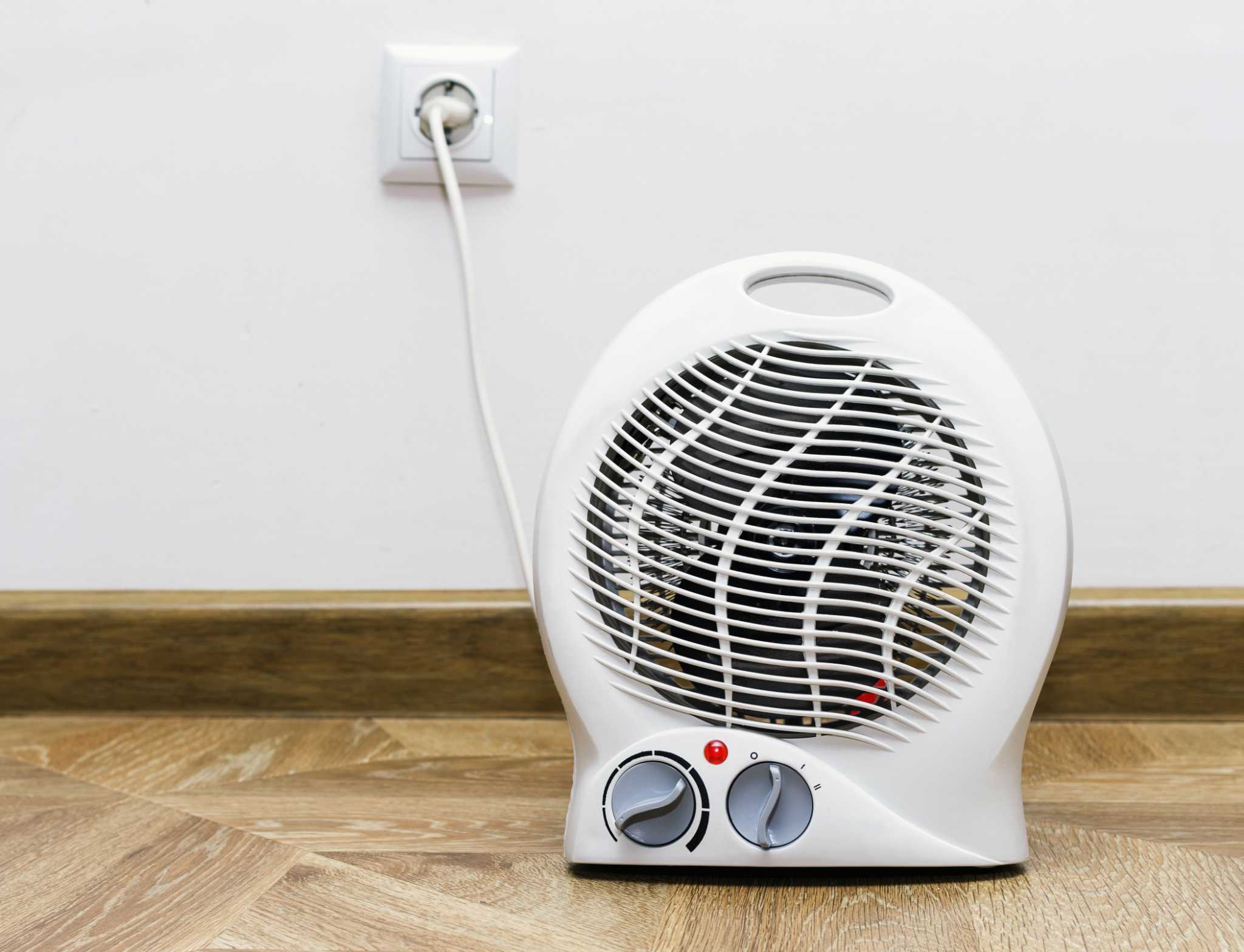
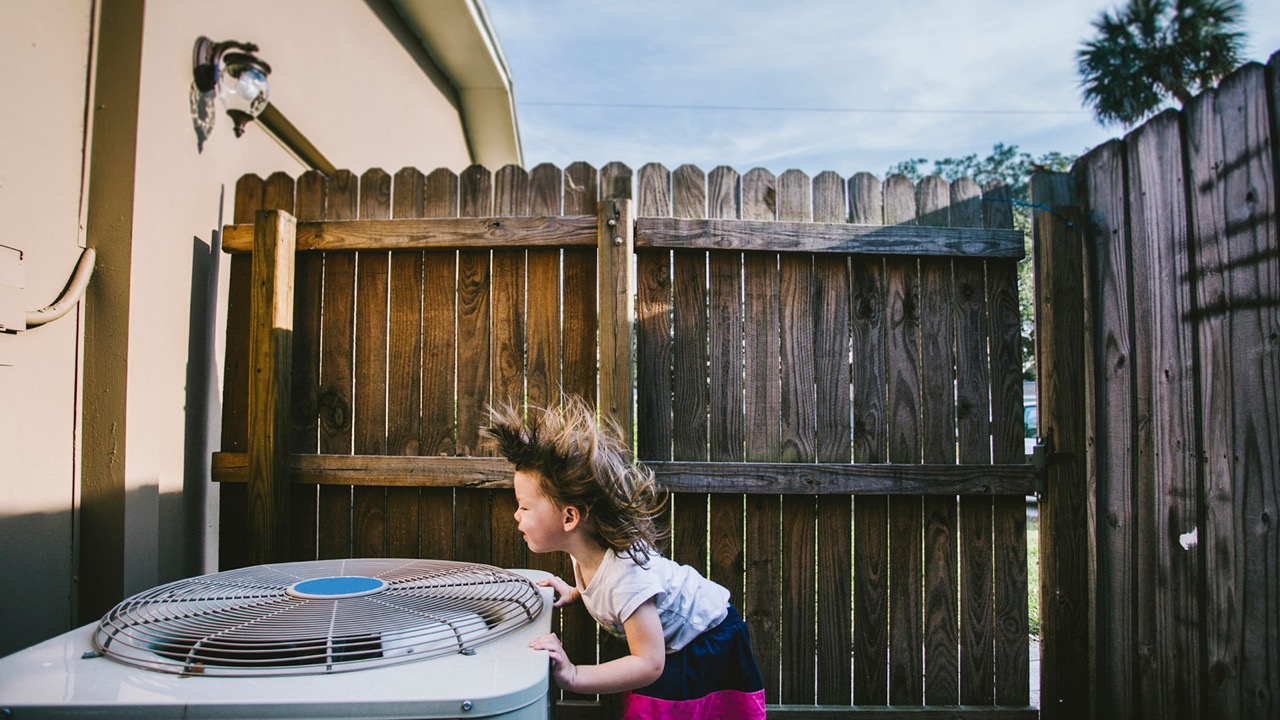
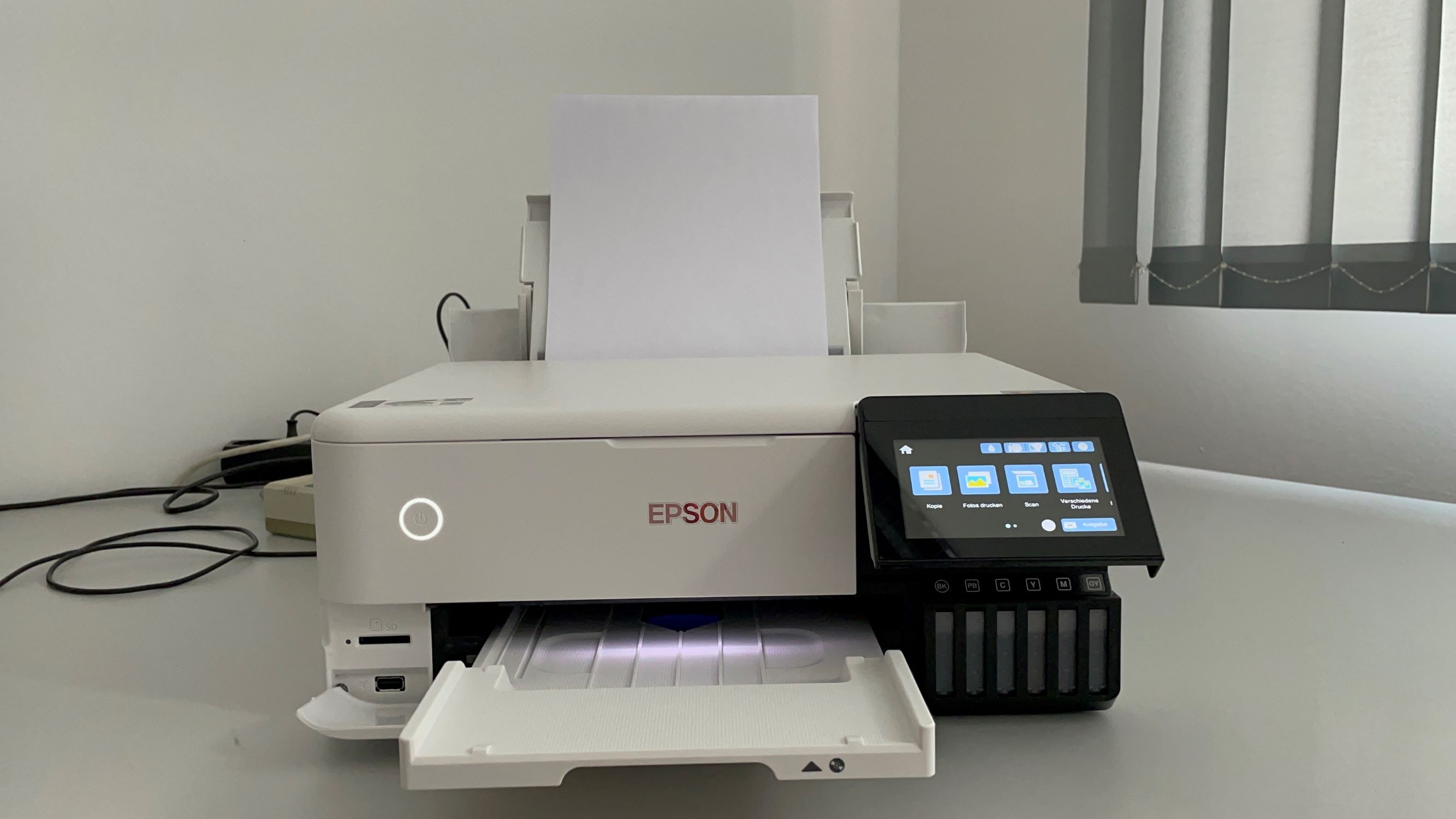
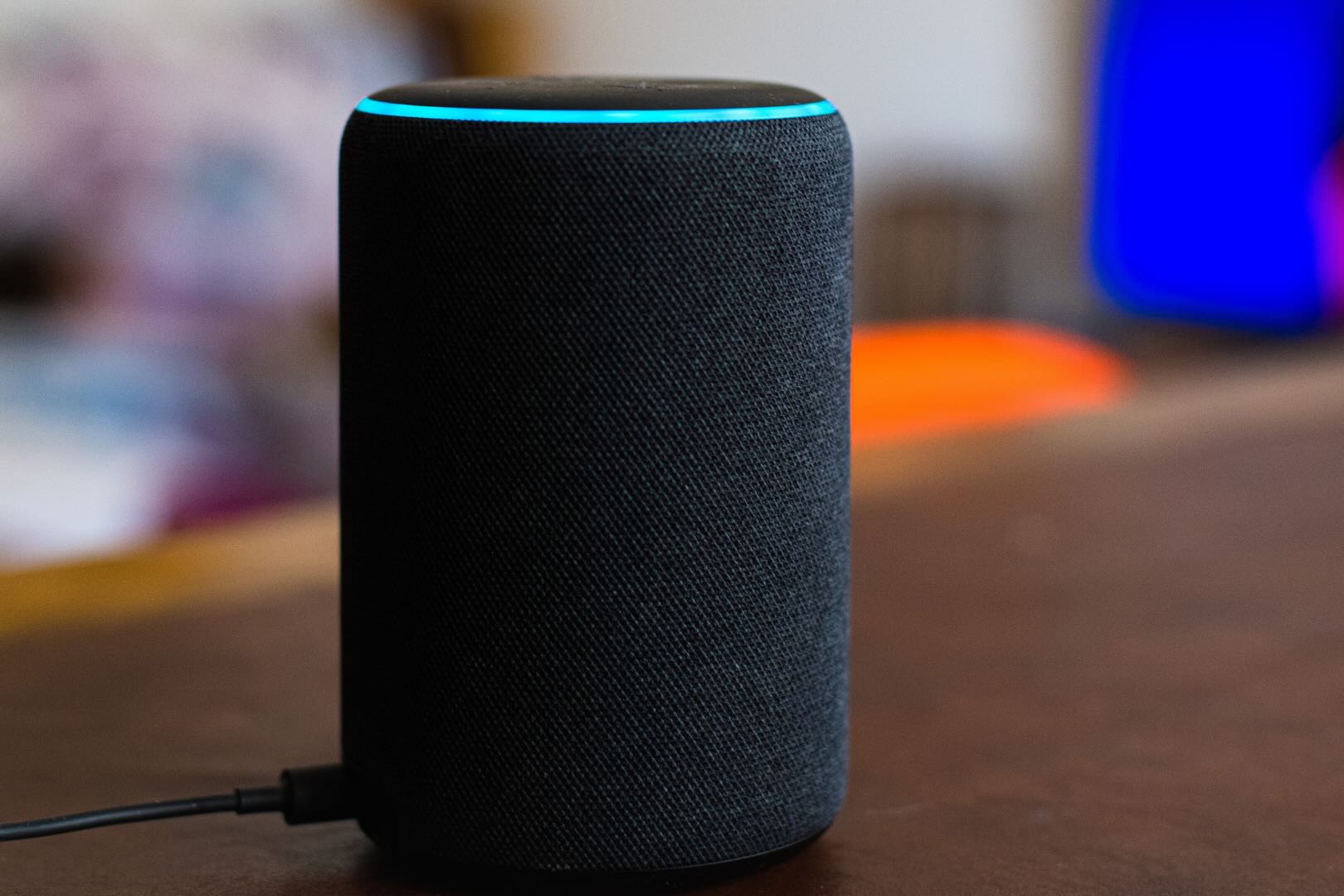
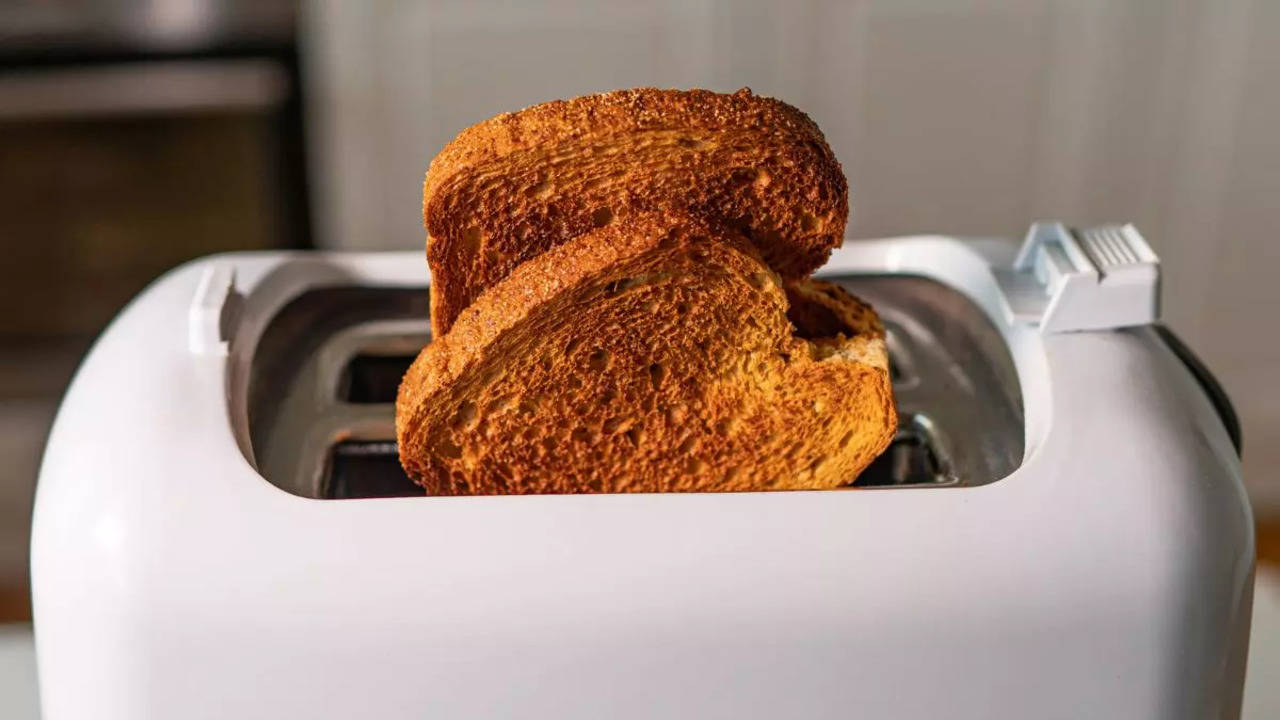
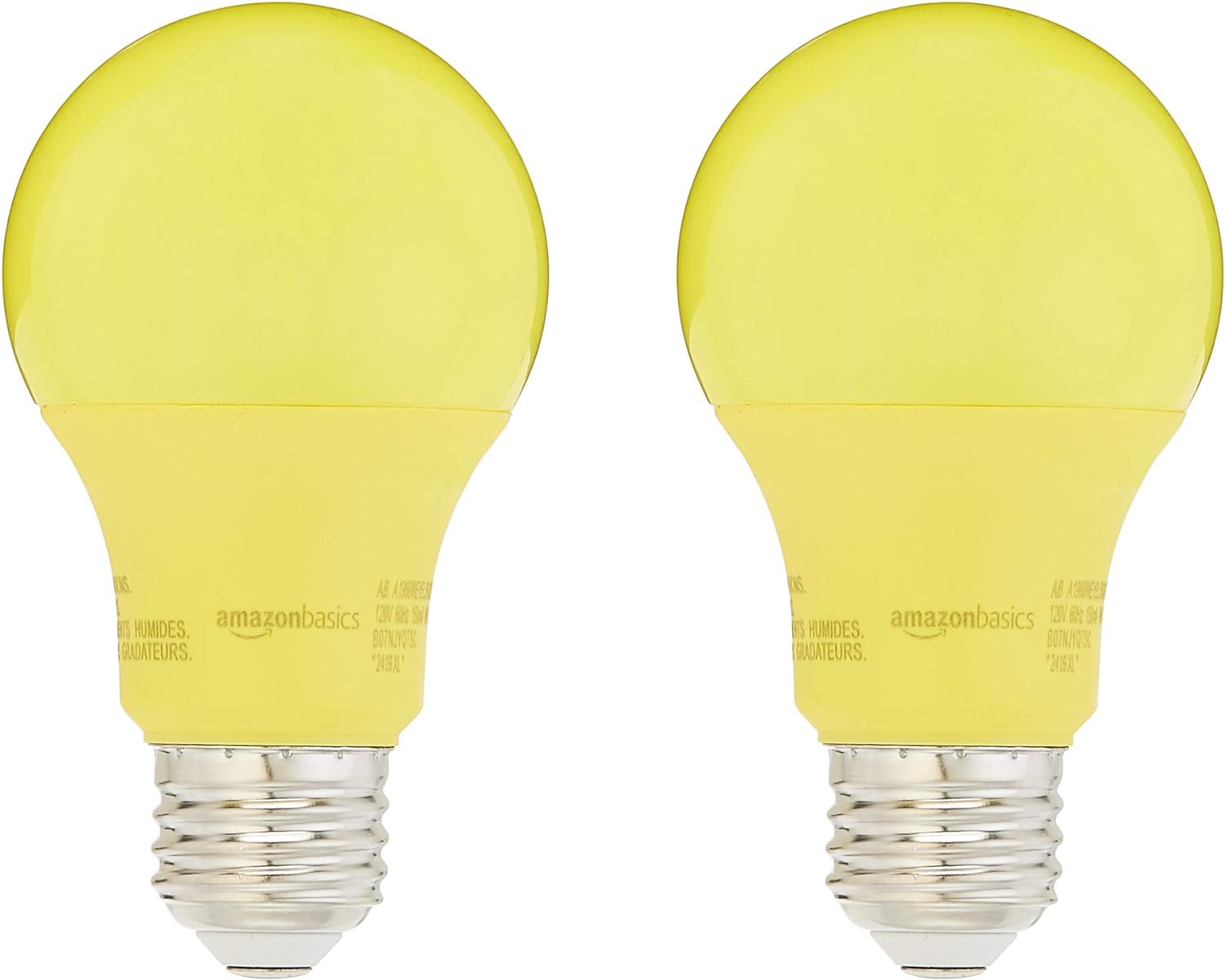
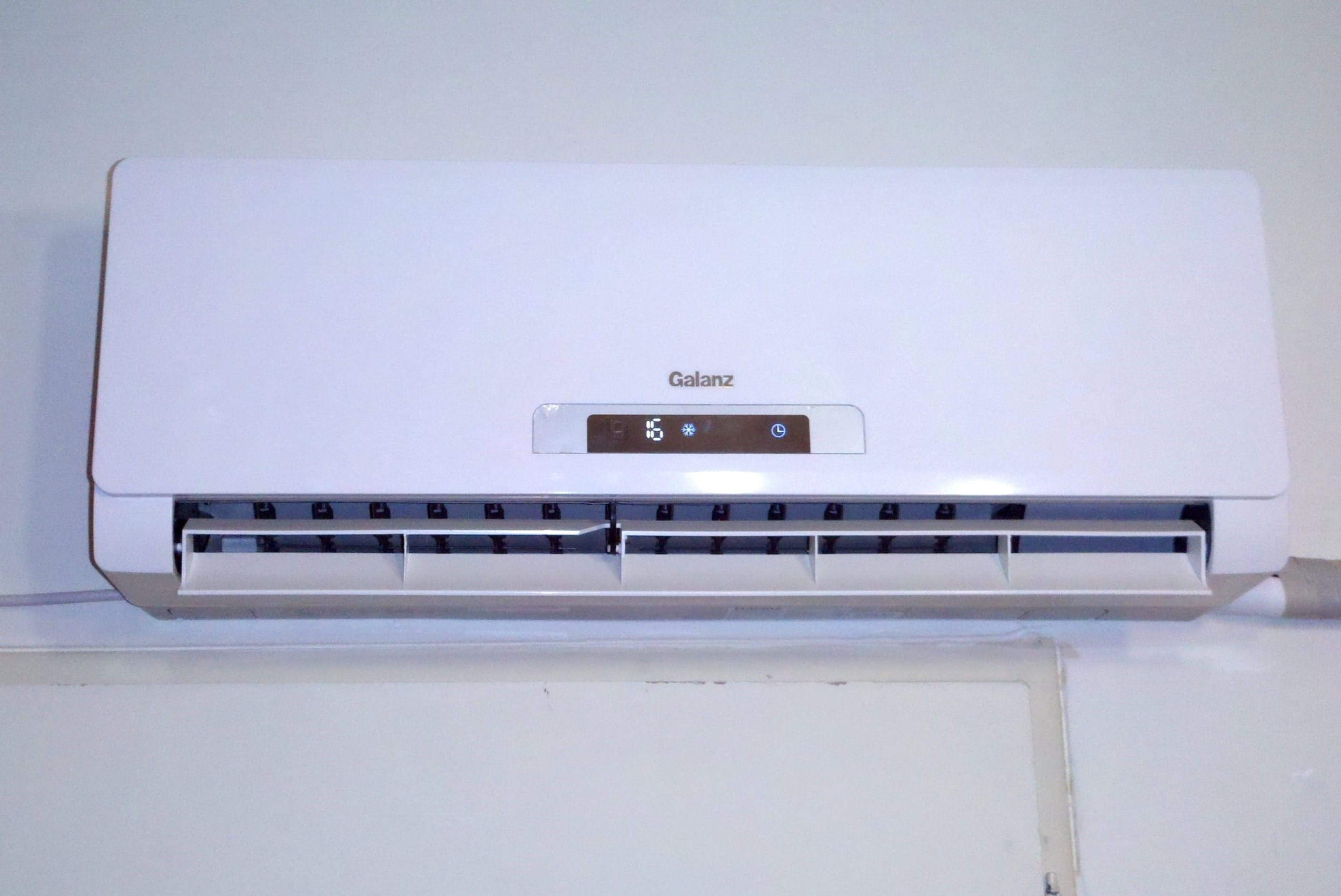
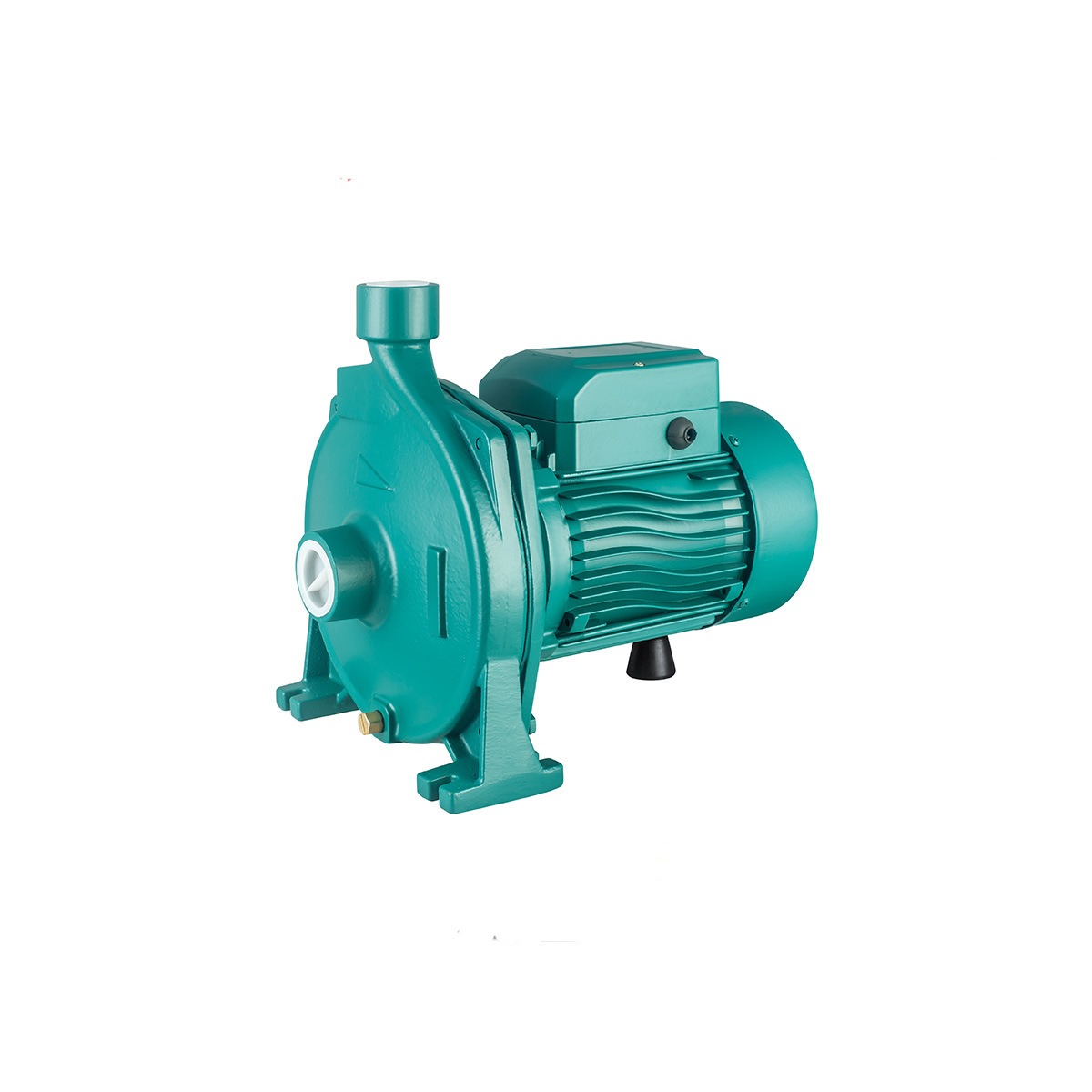
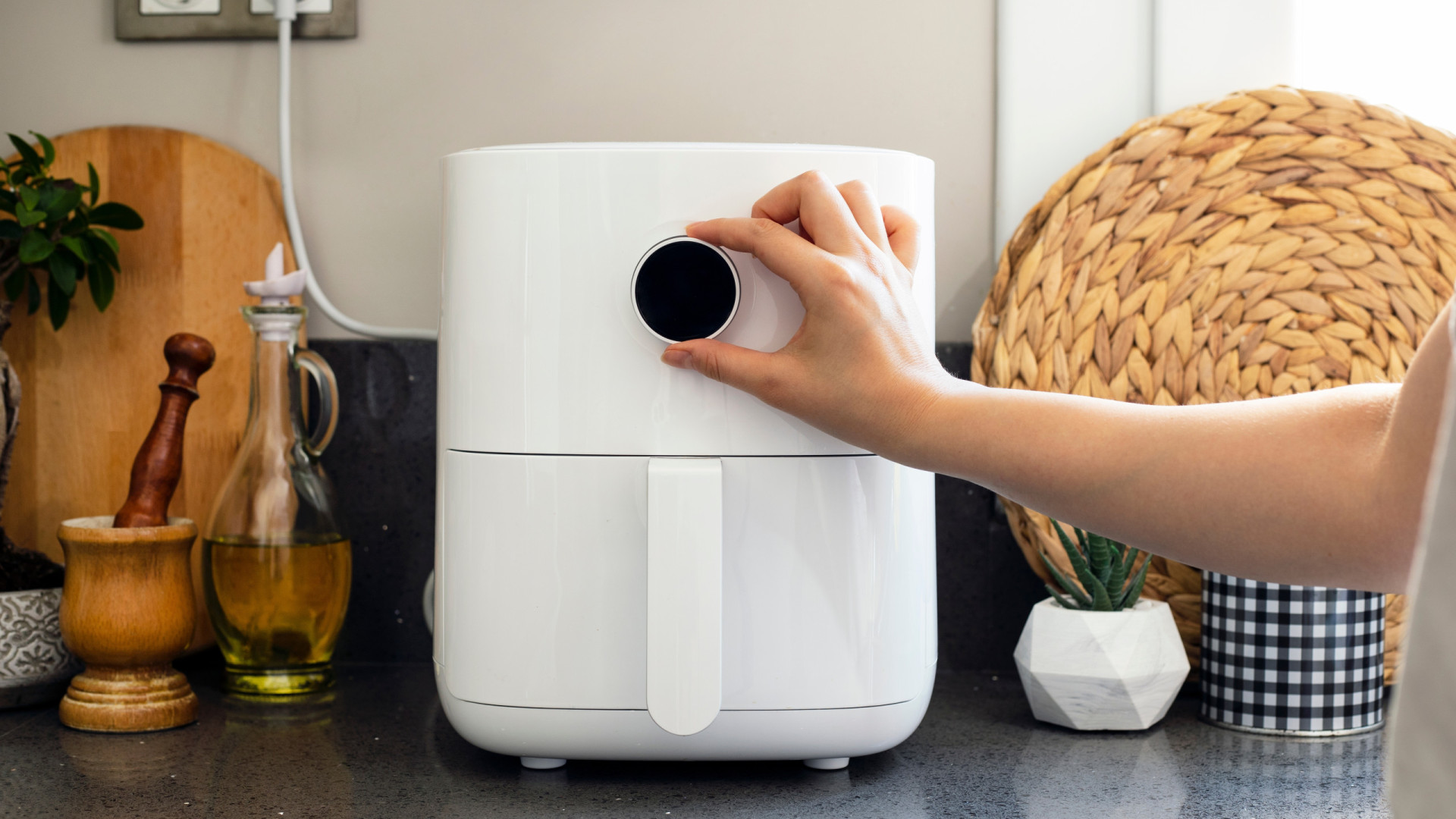
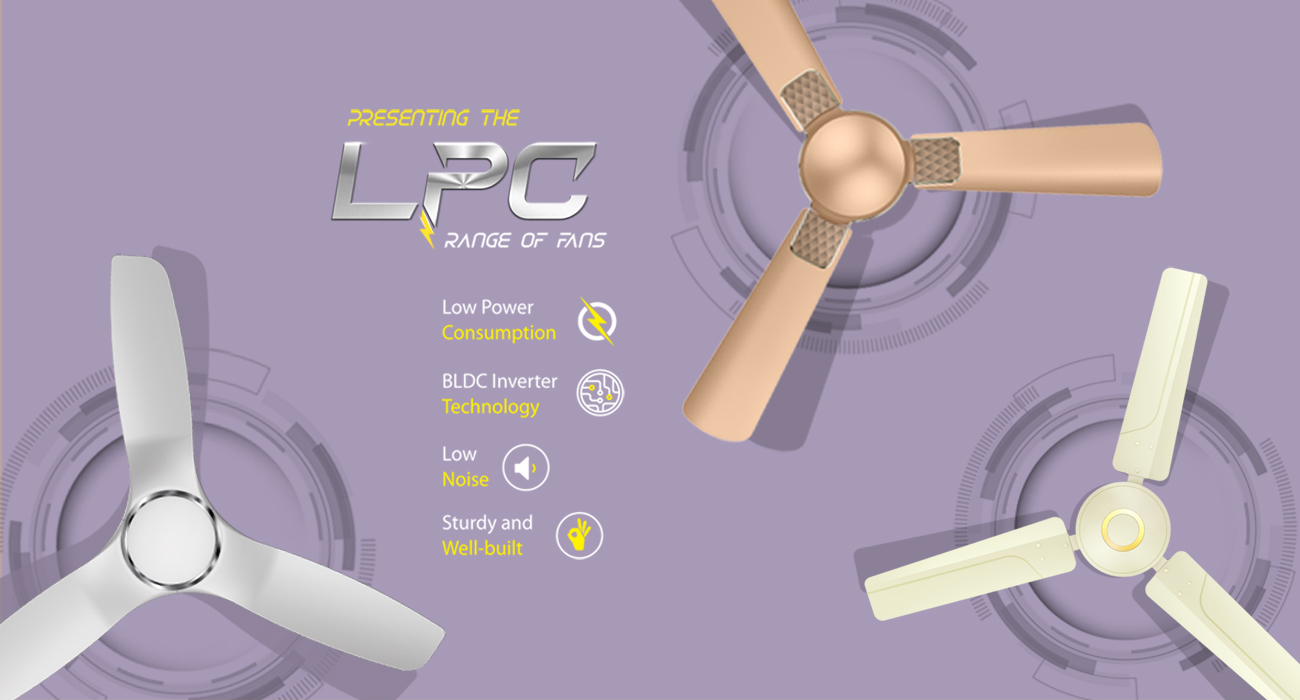
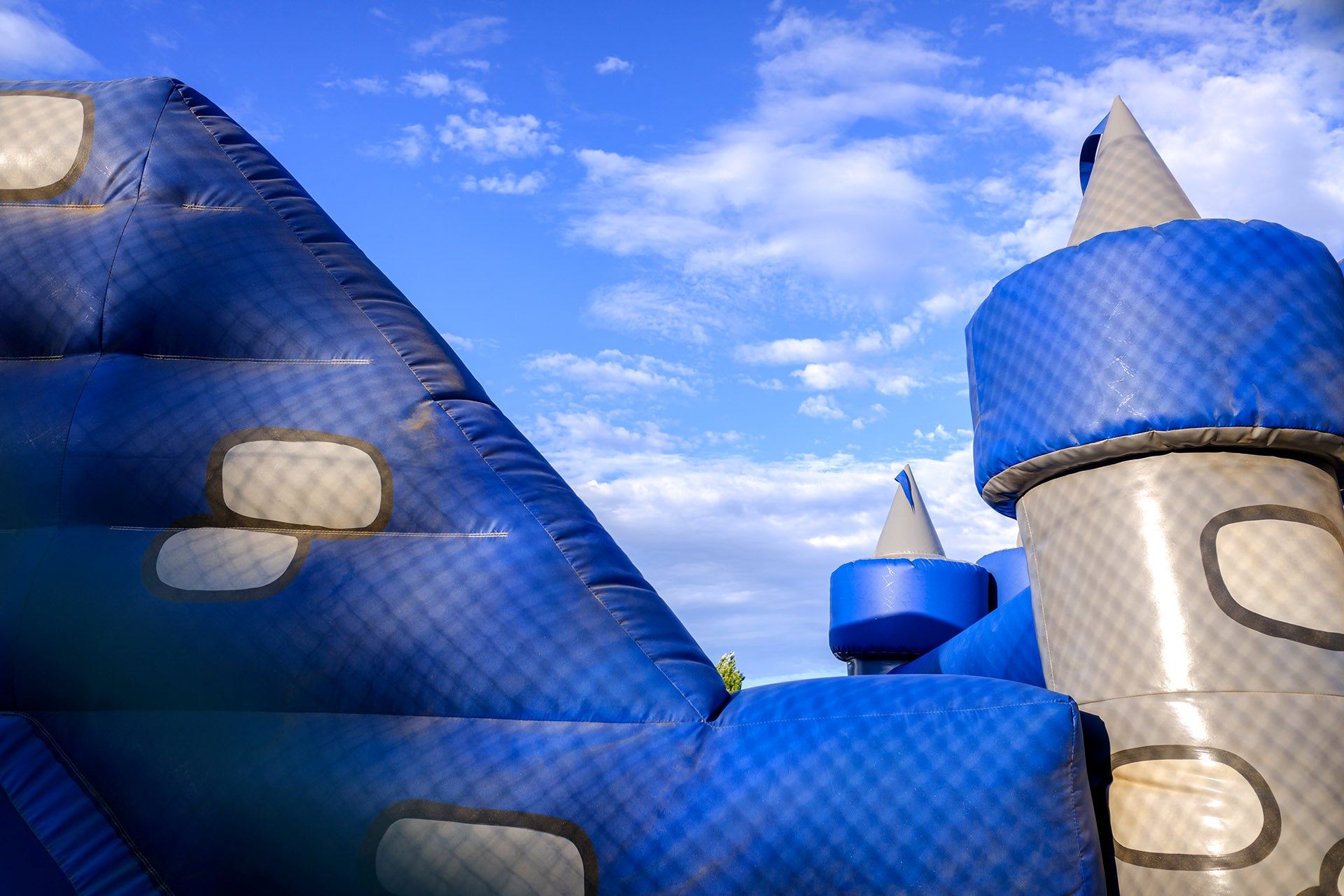
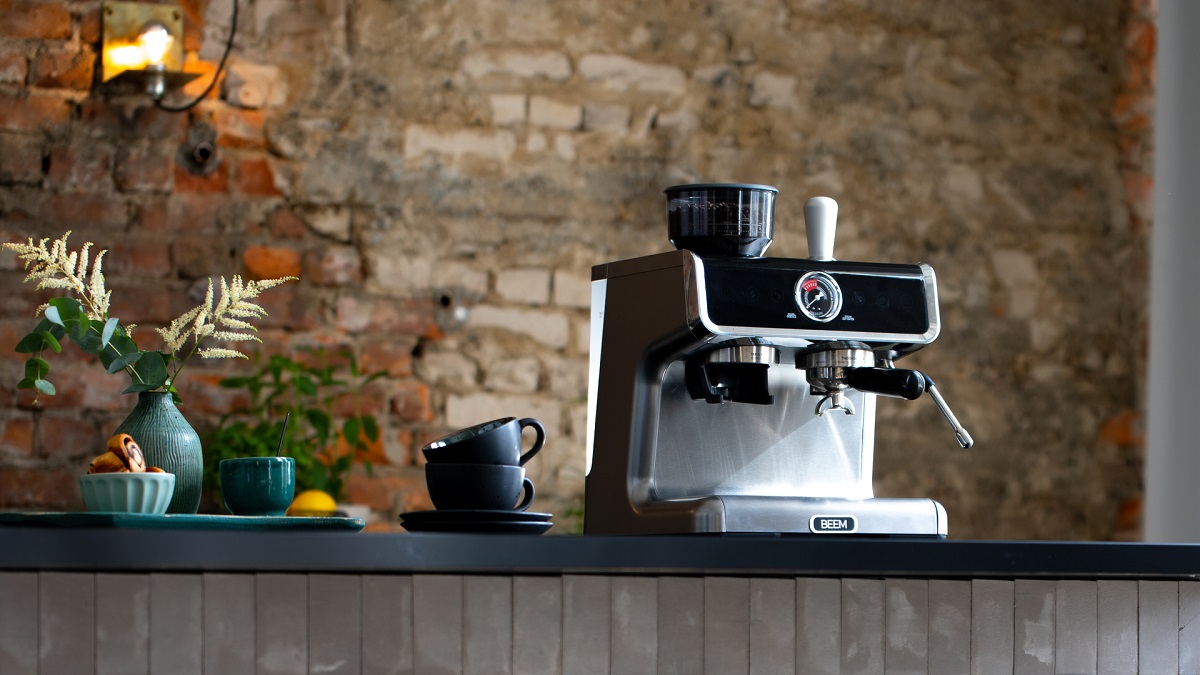
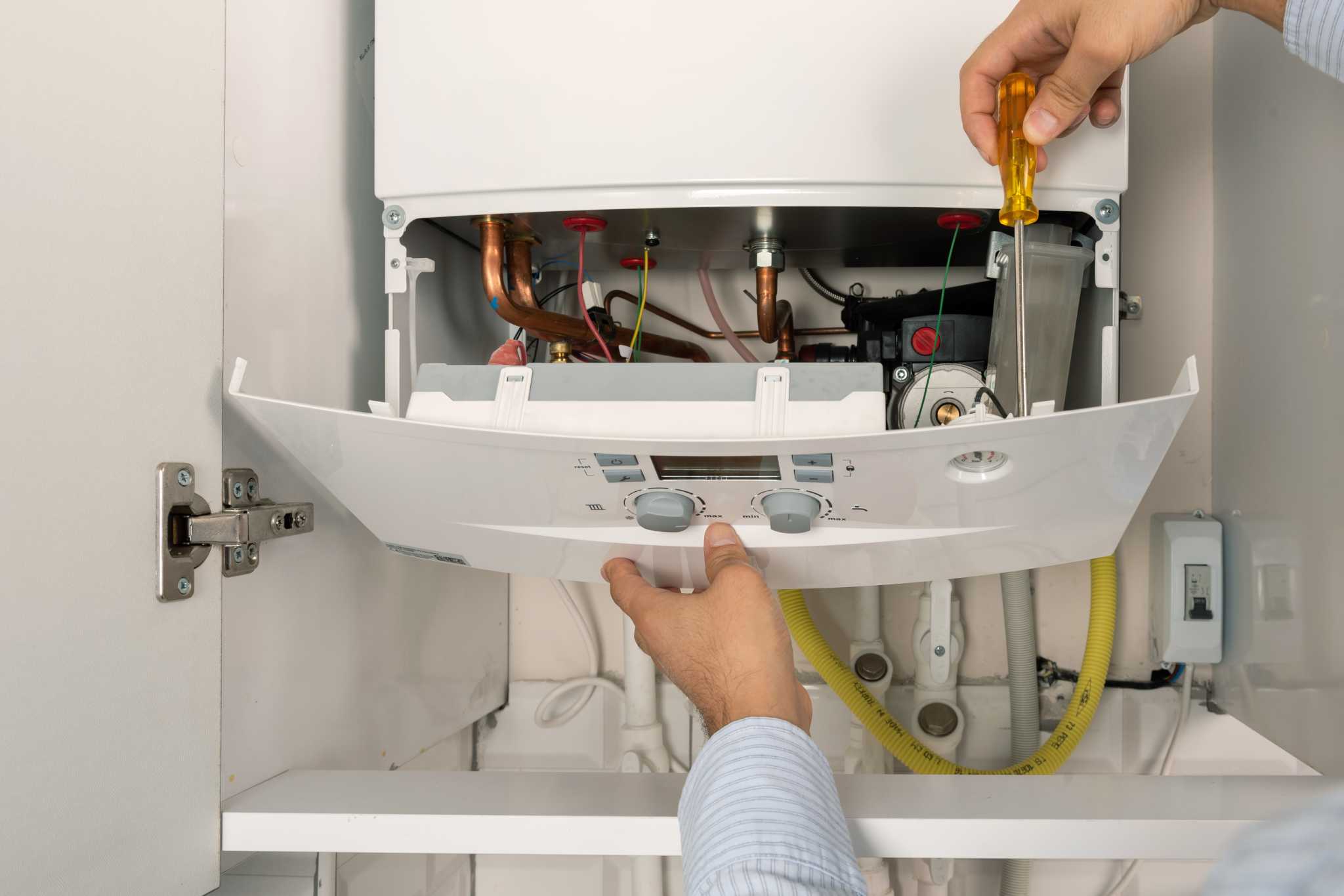

0 thoughts on “How Many Watts Does A Kegerator Use?”